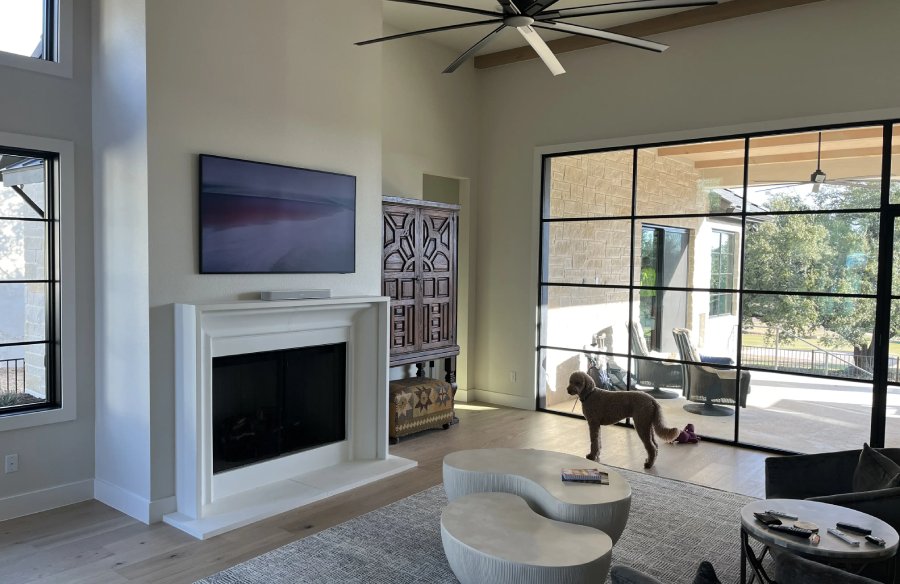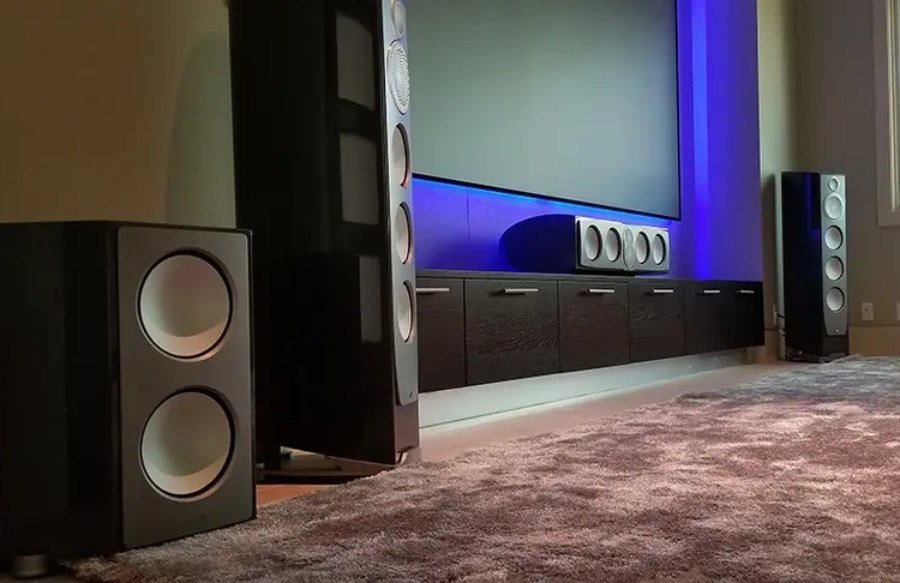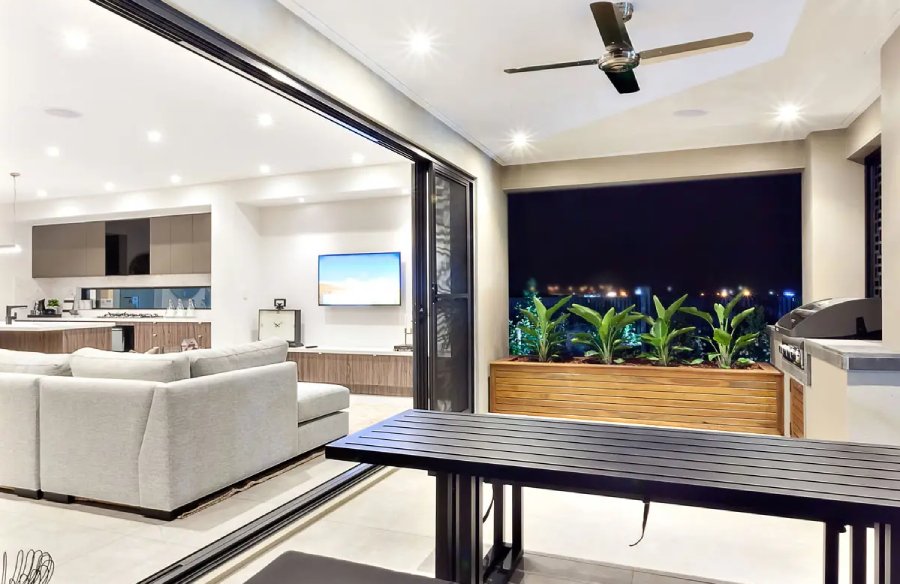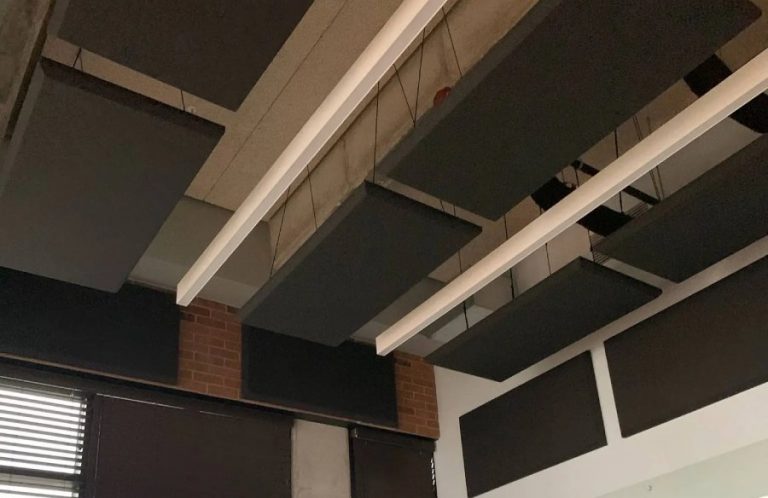deviceflowlab
Smart Home Automation
At Deviceflowlab.site Imagine a home that knows you—you don’t have to touch a switch or tap an app. Just say a few
words and your living room lights adjust, your favorite playlist starts, and the room warms to
your preferred temperature. That’s the promise of smart home automation with voice control.
In this blog, we’ll explore what smart home automation means today, how voice assistants bring
it to life, which devices are making it happen, and how you can transform your space into an
intelligent, responsive environment.

Smart Lighting
From dimmable white bulbs to color-changing features, smart lights let you create ambiance,
save energy, and automate with schedules or voice commands.

Smart Plugs
Turn any traditional appliance into a smart device.At Deviceflowlab.site Plug in a coffee maker, lamp, or fan and
control it by voice or schedule

Smart Thermostats
Automatically optimize temperature based on your routine, weather, or occupancy. All
controllable via voice or app.
What is Smart Home Automation?
At Deviceflowlab.site Smart home automation is about turning your living space into an interconnected ecosystem
where appliances, lighting, climate, security, and entertainment systems communicate
seamlessly via Wi‑Fi, Zigbee, Bluetooth, or similar protocols. These systems can be managed
remotely via a smartphone or activated via voice commands, enabling routines, schedules, and
automation.
In essence, your home transitions from passive to active: it learns your patterns, anticipates
your needs, and creates an environment tailored to your lifestyle.


The Role of Voice in Modern Smart Homes
Voice control has turned smart homes from futuristic concepts into everyday reality. At Deviceflowlab.site Voice‑input
hubs—available as compact speakers or smart displays—serve as the command center,
understanding spoken instructions and translating them into actions across your devices.
Key advantages of voice control:
– Hands‑free operation: Perfect when your hands are full or occupied.
– Natural interaction: Speak just as you would to another person.
– Speed and simplicity: Commands take effect instantly without navigation through menus.
Everyday examples:
– “Turn on living room lights”
– “Set thermostat to 22°C”
– “Start relaxing playlist”
– “Show backyard camera”
– “Lock the front door”
Voice-driven systems become more responsive over time as they learn your preferences and
frequently used requests.
How to Build Your Voice-Controlled Smart Home
At Deviceflowlab.site Here’s a simple roadmap to setting up your first voice‑integrated smart home:
Step 1: Choose a Voice Hub
Pick a voice-activated smart speaker or display—it’s your system’s central brain.
Step 2: Install the App
Download the official app linked to your voice device. This is where you add devices and
manage settings.
Step 3: Add Smart Devices
Purchase gadgets compatible with your voice hub. Set up lights, plugs, security devices,
thermostats and pair them through the app.
Step 4: Organize by Room
Label devices and assign them to rooms—this makes control intuitive (e.g., “kitchen lights,”
“room thermostat”)
Step 5: Create Routines
Automate combined actions into one command:
“Good morning”: lights on, coffee machine activates, weather read out.
“Movie night”: dim lights, lower blinds, turn on entertainment system.
Step 6: Use Voice Regularly
Try speaking natural commands. The more you use it, the more personalized your system
becomes.


echo dot setup mode at Deviceflowlab.site
Morning
Wake up with soft lights, temperature set right, and a voice summary of the day’s forecast and
calendar events.
Work or Study Mode
Set your workspace ambiance with proper lighting and background sound or music—all
activated by your voice.
Cooking or Cooking Again
Follow video recipes on a smart display, timer voice prompts, and adjust lights or music—all
hands-free.
Evenings & Entertainment
Relax on the couch with dimmed lights and music queued by voice. Want to switch episodes or
change volume? Just ask.
Bedtime
A simple voice command like “Good night” turns off lights, secures your doors, and activates
security systems.
Away from Home
Remotely manage your devices—turn off lights you left on, activate alarms, or adjust
thermostat—without needing to be present.
Benefits of Voice-Powered Smart Homes at Deviceflowlab.site
– Enhanced Convenience: Control your devices without moving a muscle.
– Better Accessibility: Ideal for older adults or those with mobility challenges.
– Energy Savings: Automations reduce energy consumption and smart devices track
usage.
– Improved Security: Monitor and secure your home anywhere, anytime.
– Personalized Comfort: Set your home to adapt to your routines and preferences.


Best Practices for Privacy & Reliability at Deviceflowlab.site
– Secure your system with strong unique passwords.
– Keep device firmware and app software updated regularly.
– Review permissions—disable microphone/camera access when not needed.
– Opt into two-factor authentication for added security.
– Consider a mesh Wi‑Fi network if your home is large or covered poorly by a single
router.
echo dot setup mode



Is Smart Home Automation Right for You?
At Deviceflowlab.site Looking forward, smart homes are getting smarter:
– Proactive Automation: Homes will anticipate your needs—like preheating before arrival.
– Voice Recognition by User: Response customization based on who’s speaking.
– Cross-Brand Compatibility: Universal standards will let devices talk to one another more
easily.
– Environmental Insights: Future systems will monitor energy, water use, and indoor
quality to support sustainable living.
echo dot app
At Deviceflowlab.site Smart home automation powered by voice is no longer niche or futuristic—it’s practical,
accessible, and transformative. It brings efficiency, security, and personalization into your daily
routine without complexity.
Whether you’re starting with a single voice-controlled light or growing into a full system of smart
devices, the path forward is flexible and rewarding. Step-by-step, your home learns to serve you
better. And it all starts with your voice.
So don’t wait—embrace the future of living. Let your home listen, act, and adapt—one
command at a time.
Disclaimer
This site is privately owned and is not connected to Amazon.com, Inc. The guidance is meant for self-service use only.
Copyright © 2025 | Powered by deviceflowlab.site